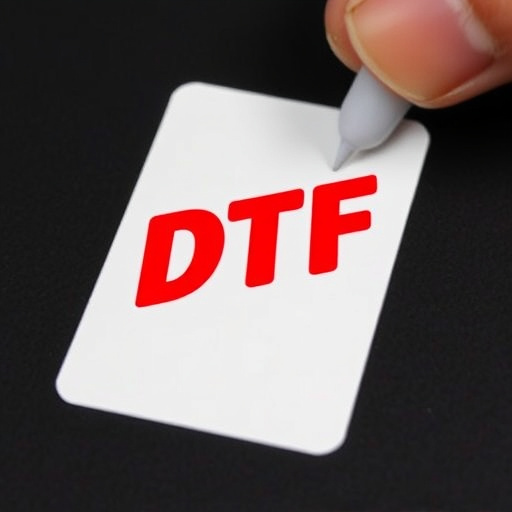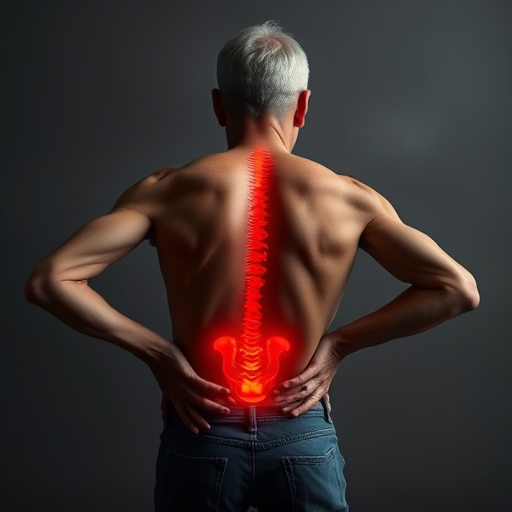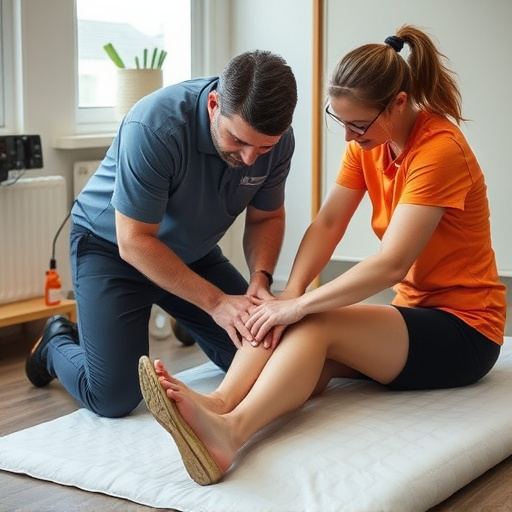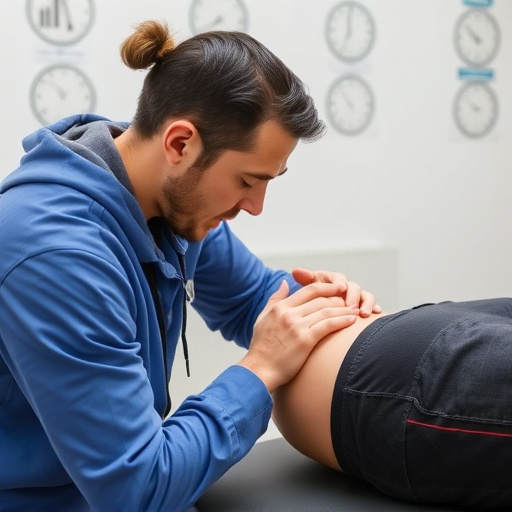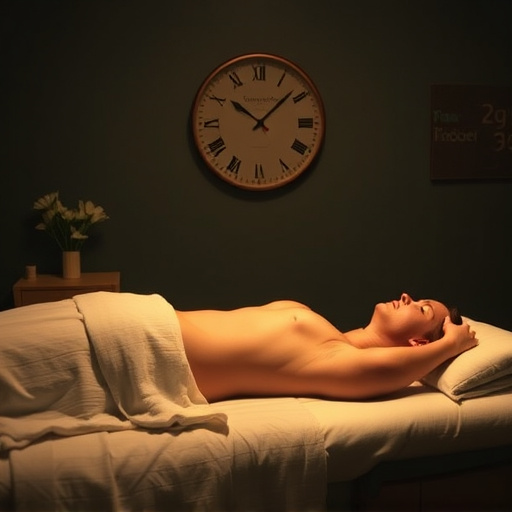Active recovery is a crucial, holistic approach to treating sports injuries, promoting low-impact movement and targeted exercises that enhance blood flow, stimulate tissue repair, reduce inflammation, and accelerate healing. By integrating activities like swimming, cycling, or yoga post-injury, athletes maintain muscle health, flexibility, and range of motion while lowering re-injury risks. Therapeutic exercises further bolster the effectiveness of sports injury treatment plans, offering a comprehensive strategy for faster recovery and return to play alongside physical therapy.
Active recovery is an essential component of sports injury treatment, offering numerous benefits beyond passive rest. This article delves into the key role of active recovery in facilitating healing and performance improvement for athletes recovering from injuries. We explore the science behind its efficacy, providing insights into how movement promotes tissue repair and strengthens the body. Additionally, we offer practical strategies to integrate active recovery into post-injury routines, empowering athletes to optimize their road to recovery.
- Understanding Active Recovery: A Key Component in Sports Injury Treatment
- The Science Behind Its Efficacy: How Active Recovery Facilitates Healing
- Practical Strategies for Integrating Active Recovery into Your Post-Injury Routine
Understanding Active Recovery: A Key Component in Sports Injury Treatment
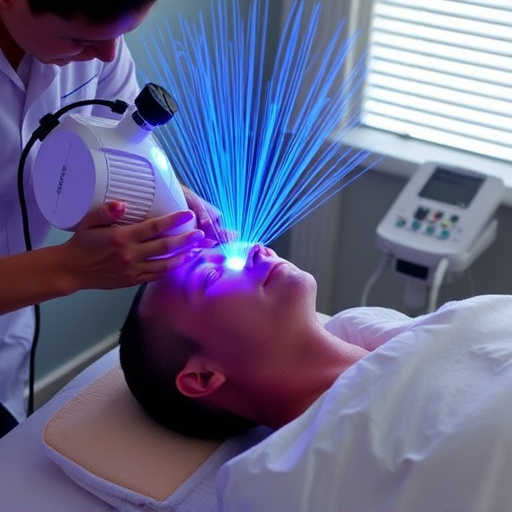
Active recovery is an essential component in the comprehensive treatment of sports injuries. Unlike passive recovery, which involves little to no physical activity, active recovery encourages low-intensity movement and specific therapeutic exercises tailored to heal and strengthen injured areas without putting excessive strain on them. This approach leverages the body’s natural ability to mend itself by promoting blood flow and nutrient delivery to damaged tissues.
Incorporating active recovery into post-injury care plans, such as gentle stretching, swimming, or walking, helps maintain muscle tone, flexibility, and range of motion while allowing time for proper spinal adjustments. Unlike traditional rest, which can lead to deconditioning, active recovery facilitates a more gradual return to athletic activities, reducing the risk of re-injury. Therapeutic exercises targeted at specific injury sites also contribute to a more effective and efficient sports injury treatment strategy.
The Science Behind Its Efficacy: How Active Recovery Facilitates Healing
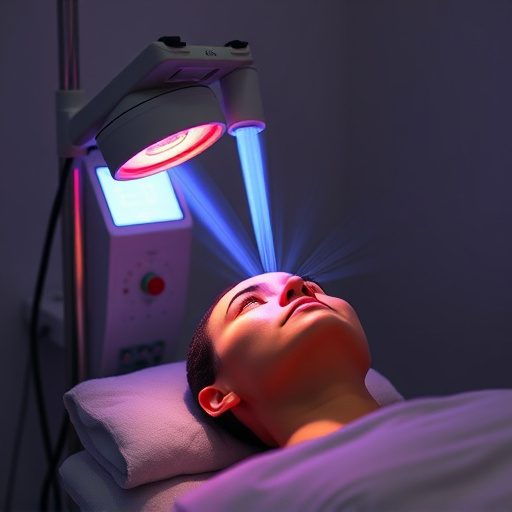
The science behind active recovery’s efficacy lies in its ability to stimulate blood flow and promote tissue repair. By engaging in low-impact, gentle movements, athletes can enhance circulation, delivering essential nutrients and oxygen to injured areas. This process accelerates the healing phase, reducing inflammation and chronic pain relief. Active recovery also facilitates the removal of metabolic waste products that accumulate during intense exercise, further speeding up the body’s natural recuperation mechanisms.
Additionally, active recovery incorporates therapeutic exercises tailored to specific injuries, supporting muscle strength and flexibility development. These exercises can range from stretching routines to specialized movements designed to improve range of motion without causing further strain. Integrating these practices into sports injury treatment plans has been shown to be highly effective in conjunction with physical therapy, offering a holistic approach to rehabilitation and fostering faster and more complete recovery for athletes.
Practical Strategies for Integrating Active Recovery into Your Post-Injury Routine
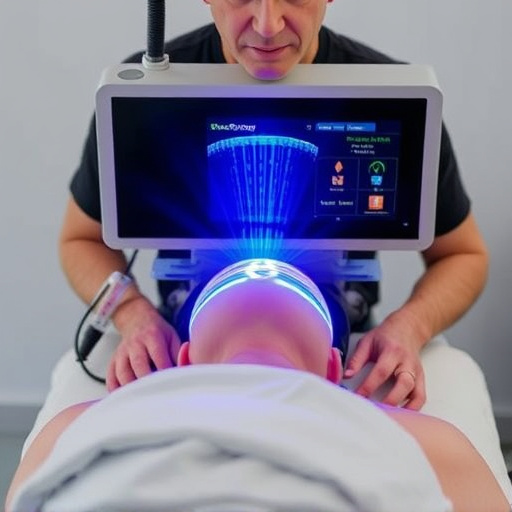
Integrating active recovery into your post-injury routine is a strategic approach to expedite sports injury treatment and facilitate a faster return to play. Start with low-impact activities such as swimming, cycling, or yoga, which can help improve blood flow, reduce inflammation, and restore range of motion without putting excessive strain on the injured area. Gradually increase intensity and duration as your body adapts, ensuring you listen to your body’s cues and adjust accordingly.
Consider incorporating techniques like shockwave therapy for headache relief and functional rehabilitation exercises tailored to address specific movements affected by the injury. These strategies not only promote healing but also enhance overall fitness levels, boosting confidence and performance when transitioning back into competitive sports.
Active recovery is a powerful tool in the arsenal of any athlete or individual recovering from a sports injury. By integrating low-impact, movement-based activities into your routine, you can enhance blood flow, reduce inflammation, and accelerate the healing process without putting excessive strain on the injured area. This comprehensive approach, backed by scientific evidence, not only facilitates physical recovery but also promotes mental well-being, ensuring a faster and more complete return to sports and daily activities. Embrace active recovery as a vital component in your sports injury treatment plan for optimal results.







